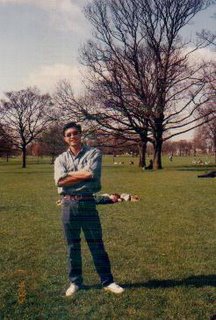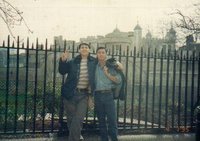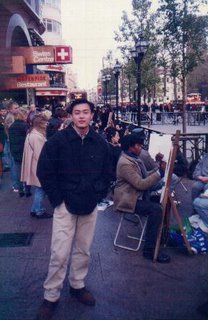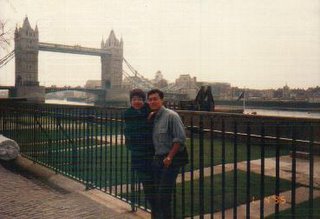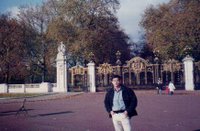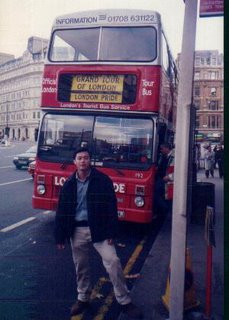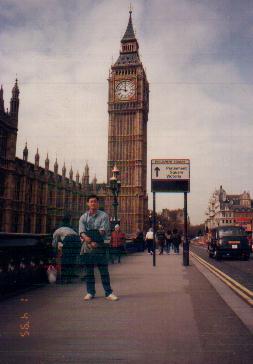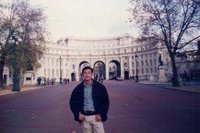Sight Seeing In Katmandu
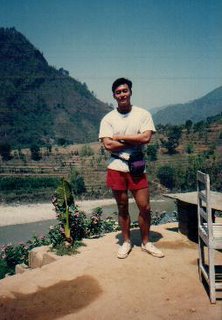
Historical Katmandu
How to describe KATHMANDU?
A medieval time capsule? An environmental disaster area? A pleasure dome? A tourist trap? A holy city? A dump? All of the above. There are a thousand
Kathmandus, all layered and dovetailed and piled on top of one another in an extravagant morass of chaos and sophistication. Though its population barely tops 700,000, Nepal's capital is far and
away its biggest and most cosmopolitan city: a melting pot of a dozen ethnic groups, and the home town of the Newars, Nepal's master craftsmen
and traders extraordinaire.
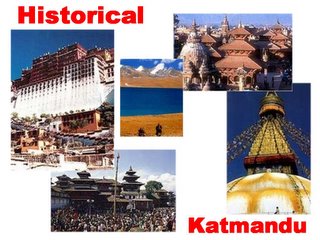 Trade, indeed, created Kathmandu – for at least a thousand years it controlled the most important caravan route between Tibet and India – and trade has always funded its Newar artisans. Little wonder, perhaps, that the city has so deftly embraced the tourist business.
Trade, indeed, created Kathmandu – for at least a thousand years it controlled the most important caravan route between Tibet and India – and trade has always funded its Newar artisans. Little wonder, perhaps, that the city has so deftly embraced the tourist business.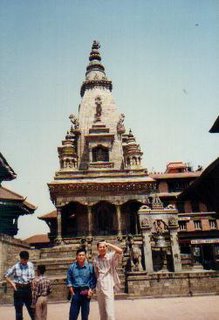 The Kathmandu most travellers experience, Thamel, is like a thumping, Third World theme park, all hotels and hoardings and promises, promises, with croissants and cakes beckoning from restaurant windows and touts flogging tiger balm and hashish to holiday hippies. The old city, though squeezed by traffic and commercial pressures, is still studded with ageless temples and splendid architecture. Its narrow lanes seethe with an incredible crush of humanity, echoing with the din of bicycle bells, religious music, construction and car horns, and reeking of incense, spices, sewage and exhaust fumes. Sacred cows still roam the streets, as do holy men, beggars, street urchins and coolies..
The Kathmandu most travellers experience, Thamel, is like a thumping, Third World theme park, all hotels and hoardings and promises, promises, with croissants and cakes beckoning from restaurant windows and touts flogging tiger balm and hashish to holiday hippies. The old city, though squeezed by traffic and commercial pressures, is still studded with ageless temples and splendid architecture. Its narrow lanes seethe with an incredible crush of humanity, echoing with the din of bicycle bells, religious music, construction and car horns, and reeking of incense, spices, sewage and exhaust fumes. Sacred cows still roam the streets, as do holy men, beggars, street urchins and coolies..
This Buddhist temple is proudly situated on the top of a hill in the middle of the Valley. The unique architecture of Swayambhunath Temple is one of the most easily recognizable symbols of Nepal. From here one can enjoy a spectacular views of the Kathmandu City. Legend says that long long time ago the valley was a lake and it was known as the serpent's lake. The Buddha Vipaswi came to the lake and threw a lotus plant saying, "when this plant brings forth a flower, then Swayambhu, the self existent one shall be revealed as a light."
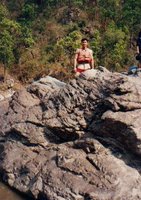
There are numerous fine rivers in Nepal which offer excellent rafting or canoeing. You can glideOn calm jade water with magnificence of scenery all about or rush through roaring white rapids,In the care of expert river men. There are clear sandy beaches to camp or take a meal, and cool clear pools to bathe.
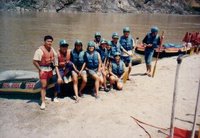
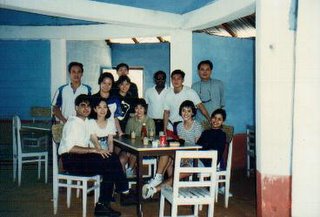
 The Trisuli River is Nepal's most popular rafting river. Impressive gorges, exciting rapids, some easier sections, and easily accessible from Katmandu and Pokhara. Recommended for intermediate kayakers and those wanting a cheap white water trip. Not far from the source the Trisuli joins the Bhote Kosi that flows from Tibet. The two rivers joining in some pretty fearsome looking gorges that are visible on the way up to the Langtang Trek. The Buri river, the Marsyandi and the Seti river ads to its flow.
The Trisuli River is Nepal's most popular rafting river. Impressive gorges, exciting rapids, some easier sections, and easily accessible from Katmandu and Pokhara. Recommended for intermediate kayakers and those wanting a cheap white water trip. Not far from the source the Trisuli joins the Bhote Kosi that flows from Tibet. The two rivers joining in some pretty fearsome looking gorges that are visible on the way up to the Langtang Trek. The Buri river, the Marsyandi and the Seti river ads to its flow.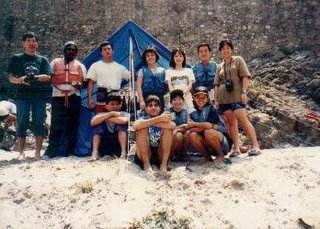
When the Kali Gandaki joins it, shortly before the plains, it changes its name to the Narayani. Here, it is a truly mighty river, peak flows in the Monsoon have been measured at 25,700 cusec (extreme, instantaneous discharge) about 900,000 cubic feet per second or fifty times the typical flow of Colorado river through the Grand Canyon.

BASANTAPUR DURBAR SQUARE: Durbar Square means 'Palace Courtyard' where the king of Kathmandu once lived. It is one of the World Heritage Sites. Clustered around Durbar Square are the old Royal Palace which has been converted into a well-equipped museum.
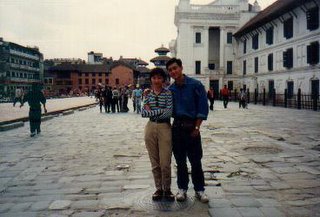 Numerous other beautiful temples, shrines, Kumari Bahal 'House of the living Goddess', Kastamandap, a house build from the wood of a single tree and other small temples are scattered everywhere in the square. The main palace building is nine storied high and anyone can visit to the top and experience a panoramic view of the city.
Numerous other beautiful temples, shrines, Kumari Bahal 'House of the living Goddess', Kastamandap, a house build from the wood of a single tree and other small temples are scattered everywhere in the square. The main palace building is nine storied high and anyone can visit to the top and experience a panoramic view of the city.Boudhanath is the largest Buddhist stupa in Nepal and is one of the biggest in the world. It is the religious center for the Buddhist population of Nepal and for Tibetans. Surrounding this stupa are monasteries and many small Tibetan handicraft shops.
Experience water rapids grade 2 to 7 in a beautiful environment of colorful villages, subtropical vegetation and colorful people will be unforgettable. All things considered, though, you'd be well advised to get your business here over with as quickly as possible. You will not be disappointed. Have a nice fruitful trip!
Before I leave you, maybe you might need some tips about rafting that might be useful.

Below are some useful links to use when preparing for your trip in Katmandu.
For information on river rafting and tours available.
For information about hotel booking.
By Sean Toh
